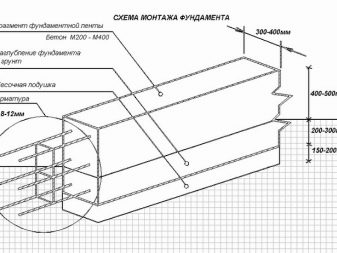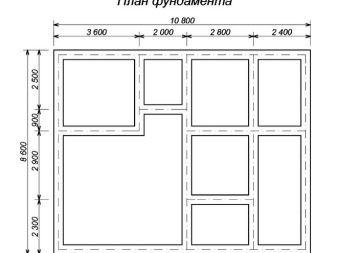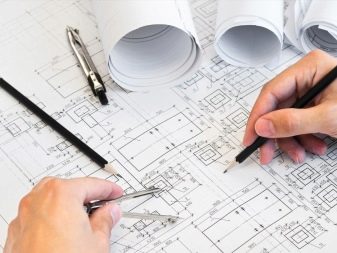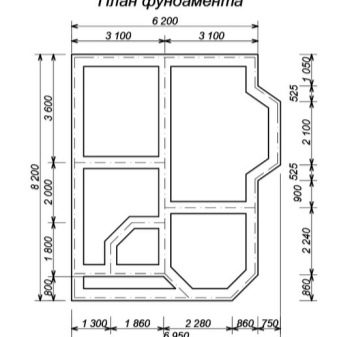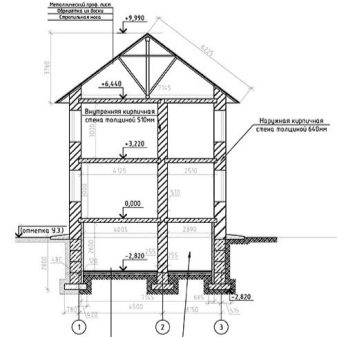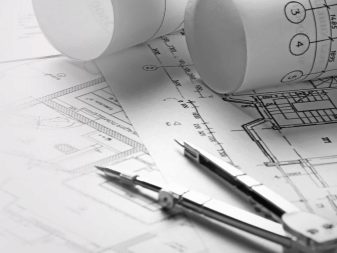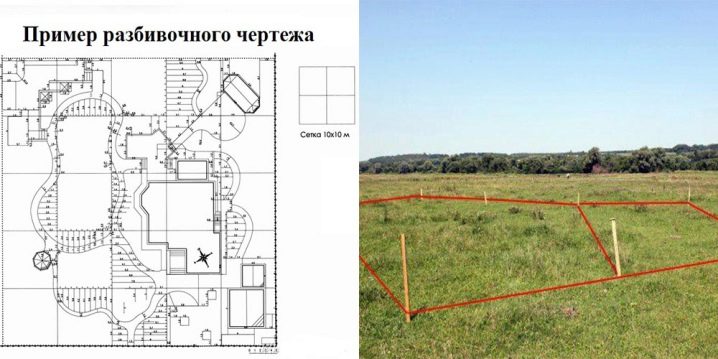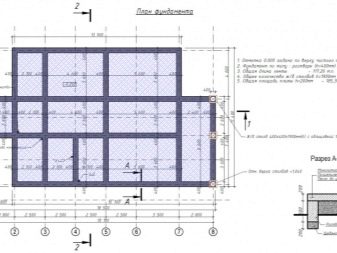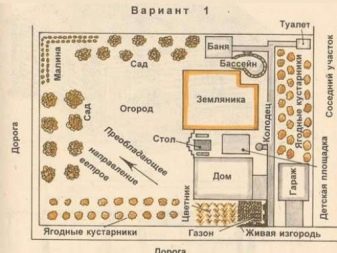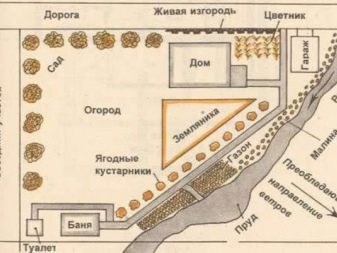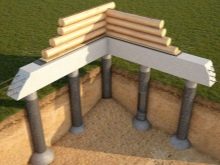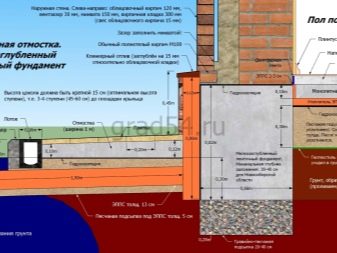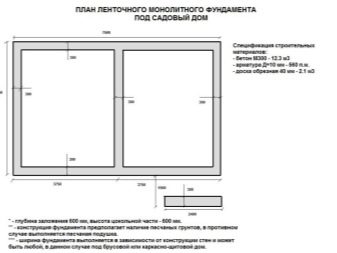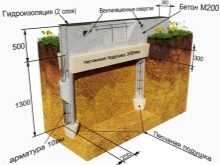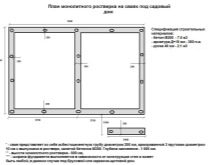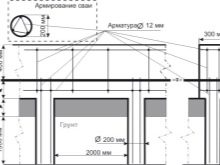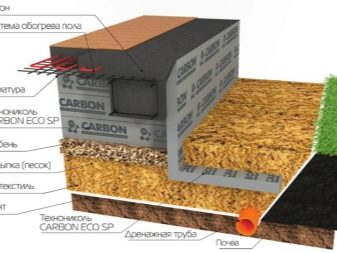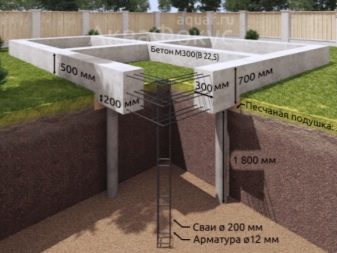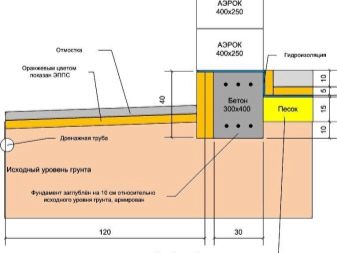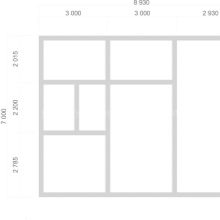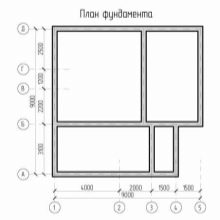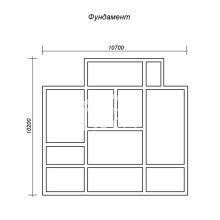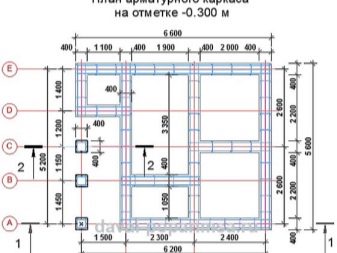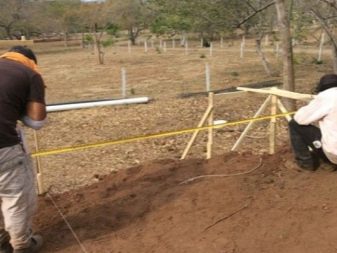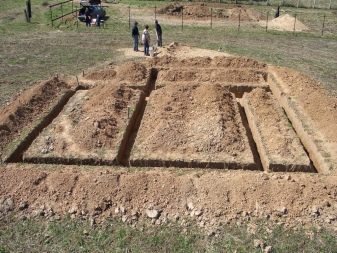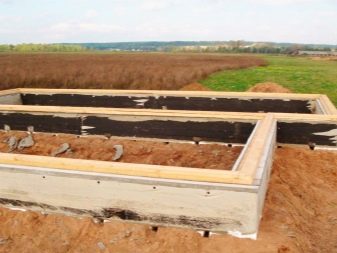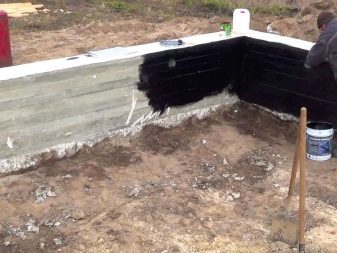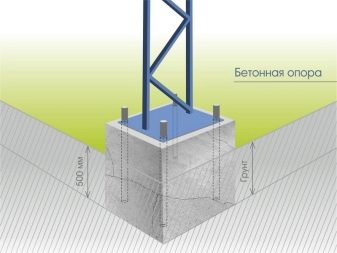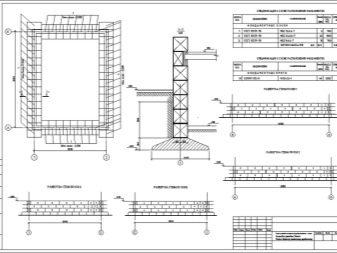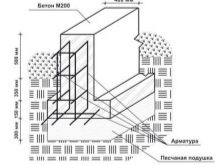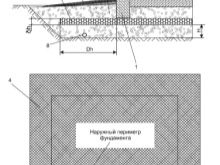General rules for drawing up the foundation plan
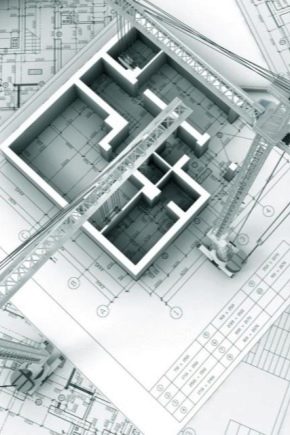
Foundation plan - the most important stage of construction of any building. Its accuracy and informational content determine the quality of further work, so it is important to know the general rules for drawing up a plan.
Special features
The main reason for the development of a project plan for a residential building or industrial structure is the need to record all the details that may occur during the construction phase. It is important to know all the nuances of the work in order to avoid gross errors.
Not all people are able to independently make a construction drawing. In this case, it is better to seek the help of professionals.Any person, turning to the construction company and submitting his sketches for drawing up a plan, can not only follow the progress of work, but also take an active part in it. In this case, the customer must discuss the details of cooperation with the executing company in advance in order to conclude a mutually beneficial agreement.
To create project documentation, you must wait until the construction plan has been completed. To coordinate the project you need to contact the project company, which will verify its correctness. After that, the customer will receive a complete list of works that will be needed to fill the foundation.
Creating a project, you must rely on the technical characteristics of the future structure.
In no case can not use other people's projects of similar structures, since they do not take into account the features of a particular site.
Development of the project of the foundation should be made taking into account all technical standards and design conditions. It is necessary to use a special catalog of products and structures that are produced in factories. To facilitate the understanding of the project, all stages of the project documentation should have serial numbers.
For simplicity and ease of transferring the scheme to the terrain, you must precisely observe the scaling of each part of the plan. Particularly large remote images should have a separately specified scale. The overall scaling of the foundation plan should be 1: 100, 1: 200, 1: 300 and 1: 400.
The axial marking can seriously facilitate the transfer of the drawing to the terrain. In this case, the center and extreme axes should be applied not only on the general plan, but also on the views and individual elements. To obtain an accurate drawing in detail, it is important to specify the distance between the extreme and center axes.
Design sequence
Before the design documentation of the structure is compiled, it is important to determine its purpose. For example, you need to decide whether the foundation will be designed for a low-rise residential building or for a summer-type country house.
In the country or private house should be determined the exact number of rooms. If there is a need, then the number of premises should include rooms designed for guests to stay. The draft plan should have a detailed drawing of the base.
The drawing of the foundation should include the total weight of the structure, the degree of increase in the load during operation, and soil features. It is important to specify the type of soil on which the strength and durability of the future structure depends.
The next stage of the project is to count and indicate all additional buildings on the site. These may include: garage, sauna, storage room, outdoor toilet.
In a special layout of the foundation need people who want to create a secluded recreation area on their site. For them it is important to place the front facade so that it is hidden from prying eyes with landscape decorations.
Before you complete the creation of a foundation plan, you need to specify the necessary ground work to eliminate the irregularities of the site. Only then can we proceed to drawing up a master plan and drawing a drawing of the base on the paper.
Accurate layout and well-designed drawings allow construction work with good savings of effort, money and time. After approval of the building plan, you can immediately prepare a septic tank to more accurately position the building.
Planning different types of foundation
There are several types of foundation, which have their own individual characteristics.
For the construction of a residential house can be used tape, pile or slab base.
Strip foundation
It requires reliance on non-rocky soil with abstracted moisture and compensated frost heaving force. To obtain a durable base, it is necessary to find out the composition of the soil and to reveal the depth of the location of groundwater in order to make a special calculation of the section of reinforcement and tape.
Creating a plan to support the house, you need to specify the section configuration, the location of utilities, the type of footing and bookmark depthop. To obtain the most accurate drawing, you must also correctly specify the coordinates and parameters of the reference block. The installation of the base begins with the installation of the reading unit, and only then other elements are fixed.
Pile foundation
It should consist of the marking of the pile field with the indication of the coordinate axes. The drawing should indicate the position of all the supports that are necessary to create this type of foundation.
The most difficult thing is to execute the grillage foundation, since it must consist of a circuit for installing the grillage and explanatory notes about the materials used. However, this type of pile foundation is considered more reliable and durable, as its design allows you to evenly distribute the weight of the building on the support.
Slab foundation
It should consist of a reinforcement scheme, heat and waterproofing systems. Its installation can be made on a close location to the surface of the soil, thus avoiding the influence of frost swelling of the earth on the structure.
The plan of a solid solid foundation should consist of the layout of the compacted soil, a special rammed "cushion", a layer of dornit and concrete, as well as a layer of hydro-and thermal insulation. A monolithic slab and a reinforcing belt of a concrete slab are placed on top of the waterproofing materials, which should also be indicated on the drawing.
Layout tape and pile foundation should consist of sections designed to clarify the plan. On sections, support contours, waterproofing layers, blind area and ledge dimensions should be displayed.
Belt type requires the indication of levels, including the surface of the earth, the bottom of the foundation and the edge.
To simplify the installation of the cross section, you need to put on the plan open strokes with arrows that indicate the direction of the cutting plane.
Dependence on the size of buildings
To design the future structure, it is necessary to take into account not only the type of soil and the territorial location of the site, but also the area of the house. The size of the structure depends on the load on the ground. For example, it may be a construction on a 7x9, 9x9 or 10x10 m foundation.
To make the base 7 by 9 m, it is better to use a strip foundation for the house. Before installation, it is necessary to calculate the minimum area and depth of the concrete support. The ideal condition for the installation of a tape structure is a subsurface soil, which is characterized by low natural humidity, silt composition and high structural strength.
According to the rules for drawing up the foundation plan, it is important to indicate all the preparatory work in the project.
To do this, you need to make a markup for the structure, which will indicate the boundaries of the trench and the depth of the supports.For better strength, it is better to make the bottom of drainage layers, including rubble, sand and water.
The layout of the residential structure should occur with the formation of formwork. For high-quality construction of a 7x9 or 9x9 house, it is best to use a cut planed board 2.5–3 cm thick and 10–15 cm wide. Such boards will allow you to get a smooth base that does not require additional finishing work.
The formwork should be 40 cm above the trench level, and the maximum gap between the boards should be 0.3 cm. Upon completion of the formwork installation, a waterproofing layer should be laid to prevent premature evaporation of moisture and increase the support strength.
The support frame for the structure is an integral part of a solid foundation. Therefore, it is preferable to use for it metal reinforcement with a diameter of 11 mm.
The construction plan should include the calculation of the concrete solution that will be needed to fill the foundation. Incorrect calculations can lead to a lack of a mixture, which will seriously affect the strength and reliability of the foundation.
For the preparation of high-quality mortar it is recommended to use a brand of cement not lower than М250, coarse or medium sand and crushed stone.
The calculation of the foundation depth should be made taking into account the level of soil freezing. A small frame building can be erected on screw piles of 2.5 m in size, located at a depth of 1.5 m.
But the construction of 10x10 m requires a more solid foundation. It is better for it to use reinforced concrete supports that can withstand the effects of ground heaving forces and are able to prevent the structure from deforming.
Additional documentation
In addition to the basic documentation attached to the plan of the foundation of the house, you need to include the following documents in the kit:
- a summary specification that lists the requirements for all items below the zero mark;
- scan and installation plan for precast poles;
- scheme of reinforcement of the site, taking into account the load of the building on the ground
- layout of hydro and thermal insulation layers;
- tables showing the operating characteristics of the supports of the base;
- data on the location of slopes.
To obtain a reliable and durable foundation, you must use a qualified approach and an accurate calculation. An attempt to save on the development of the project will inevitably lead to the formation of defects,which in the end will require additional cash expenditures.
How to create a project at home, see the following video.
